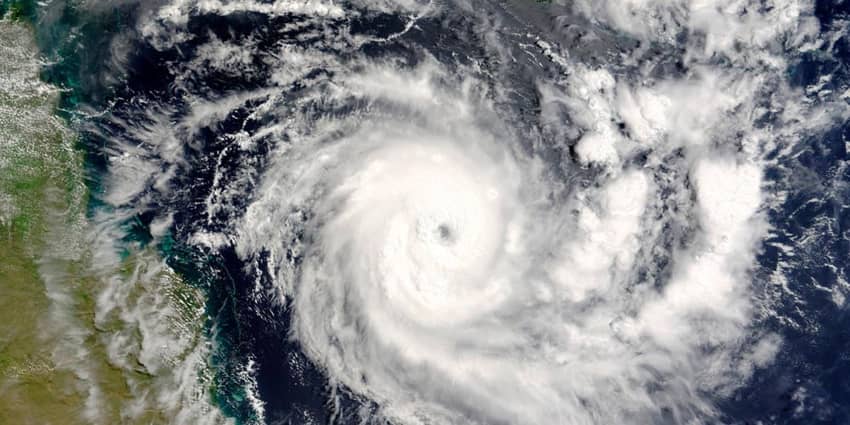As Cyclone Alfred sweeps through South East Queensland, its impact is being felt far beyond the region.
Road closures, school shutdowns, workplace disruptions, and severe weather conditions are causing major delivery delays, depot congestion, and staffing shortages for couriers not just in Queensland, but also in surrounding regions and across the country.
Businesses shipping to or from affected areas, or relying on Queensland-based fulfilment centres, should brace for longer transit times and increasing pressure on logistics networks.
These disruptions will not only impact eCommerce businesses but also retailers, wholesalers, and manufacturers that depend on timely shipments to maintain operations.
Courier partners are already issuing service alerts, with Aramex, UPS, and other major carriers advising businesses to anticipate longer-than-usual delivery times due to the extreme weather conditions.
UPS has announced that operations will be suspended for a couple of days, with the possibility of recalling fleets due to intensifying gale-force winds.
Even businesses outside the direct cyclone zone that ship to impacted regions could face bottlenecks, network congestion, and extended hold times at depots.
Industry Advice
According to Steve Zammit, CEO of leading shipping platform Interparcel, the priority during extreme weather should always be safety, both for employees and for the overall logistics network.
“First and foremost, businesses should ensure the safety of their teams. If you can work from home or pause operations for the day, do so. No shipment is worth risking safety.
Additionally, sending parcels during the peak of the disruption can overwhelm already strained depots. Instead of pushing shipments into a backlog, consider temporarily holding onto them and clearly communicating expected delays to customers. This will prevent bottlenecks in courier networks and ultimately ensure a better customer experience once services resume,” Zammit said.
How Businesses Can Navigate the Logistics Challenges
With the storm causing unpredictable disruptions, eCommerce retailers should focus on proactive strategies that protect their operations and keep customers informed.
1. Prioritise Safety for Employees
If conditions are unsafe, pause warehouse and fulfilment operations until roads clear. If remote work is an option for your team, encourage it. If deliveries must go ahead, ensure your employees and delivery drivers are not put at risk due to extreme weather.
For businesses operating in cyclone-affected areas, having a solid emergency plan is essential. The Get Ready Queensland website provides up-to-date guidance on preparing for severe weather, including Cyclone Alfred.
2. Communicate Shipping Delays Clearly
Set realistic expectations with customers. Use website banners, email notifications, and social media updates to let customers know that delays are expected due to Cyclone Alfred. Transparency helps manage expectations and prevents unnecessary frustration.
3. Avoid Overloading Courier Networks
If your business is in an unaffected area but shipping to a storm-impacted region, consider delaying shipments until courier services normalise. The more freight that enters the network during the storm, the longer it will take to clear.
4. Be Prepared for Unanticipated Delays
Beyond flooded roads, factors such as rail disruptions, power outages, and workforce shortages could further impact deliveries. Businesses should remain flexible and expect that some delays may last longer than initially anticipated.
5. Leverage Courier Alerts & Emergency Protocols
Monitor service alerts from courier partners like Aramex, Australia Post, and UPS, which regularly update their delivery status. Establish internal emergency protocols to adjust fulfilment plans based on the latest updates.
Final Thoughts: Proactive Planning for a Smoother Recovery
While Cyclone Alfred is causing major disruptions to courier services, businesses that act strategically can minimise delays, avoid worsening bottlenecks, and maintain customer trust.
The key is prioritising safety, holding back shipments when necessary, and being upfront with customers about realistic delivery timeframes.
By waiting until logistics networks stabilise before dispatching orders, businesses can ensure that shipments move quickly and efficiently once conditions improve, ultimately providing a smoother post-cyclone recovery for everyone involved.
Need help with your parcel? Our team is here for you! Contact us via chat, phone, or email, we’re happy to assist!










 Facebook
Facebook Twitter
Twitter Instagram
Instagram Linked In
Linked In YouTube
YouTube